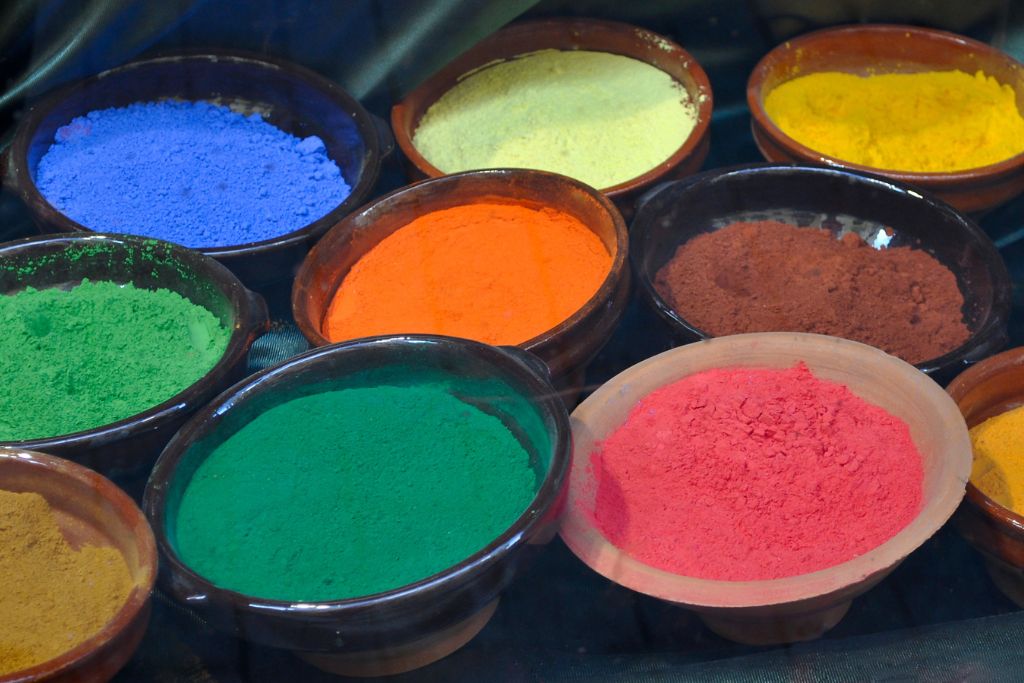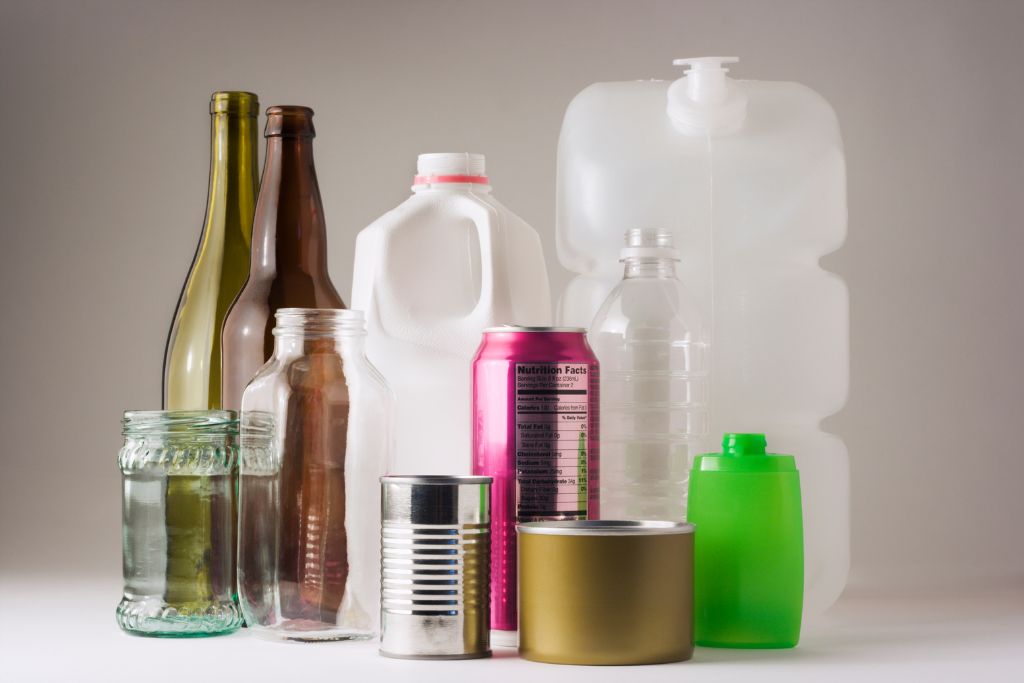Sustainable fashion is an umbrella term that refers to clothing and accessories that are made in a way that doesn’t negatively impact the environment or people. It involves a number of factors, including reducing overproduction, minimizing pollution and waste, and supporting biodiversity.
It’s not always easy to find sustainable options when shopping, but it’s worth it in the long run. Here are a few ways that you can start making a difference in your wardrobe.
Natural Materials
Unlike synthetic fabrics, natural fibers are sourced from sustainable plant or animal sources and do not pollute the environment the same way that synthetics do. Common examples of plant-based natural fibers include cotton, hemp, linen, and wool.
Synthetic fibers, such as polyester, nylon, and acrylic, don’t exist naturally but are made through industrial manufacturing processes involving petroleum, a fossil fuel.

These fabrics can be hard to recycle, and many of them end up in landfills where they take hundreds of years to break down. Also, synthetic fabrics generate microplastics, tiny pieces of fiber that can get into the water and food chain.
Natural Dyeing
Using natural dyes for clothing and other fabrics is an essential part of sustainable fashion. Unlike synthetic dyes, which are often made of toxic chemicals and released into the environment, natural dyes come from plants and other organic sources.
This means that they are biodegradable and don’t have carcinogenic elements. They are also hypoallergenic, meaning that they are less likely to cause allergic reactions when skin is exposed to them.

This is a huge plus for those with sensitive skin, such as babies and children. In addition, natural dyes are non-toxic and do not pollute waterways like synthetic dyes.
Ethical Production
The Rana Plaza tragedy, which claimed the lives of over 1,100 garment workers in Bangladesh, is a powerful reminder as to why ethical production matters. Fast fashion is responsible for a huge amount of human and environmental harm, with garment manufacturing often using poisonous chemicals that pollute air, water, and soil.
Ethical fashion companies understand that the health and well-being of garment workers must be considered at every stage of their supply chain. They are committed to providing their workers with fair wages, economic empowerment, and other benefits to make sure they have a better life.

As with all aspects of the industry, ethical production comes with a price tag. However, if you’re willing to put in the effort and learn how to shop ethically and sustainably, you can help bring ethical production to mainstream fashion.
Recyclable Materials
Many sustainable brands use recycled materials in their designs to help reduce the amount of waste produced. These fabrics often include repurposed or unused cotton, linen, leather, cashmere, and Tencel (a fabric made from wood pulp).
Recycled fabrics have been known to be more durable and last longer than their virgin counterparts. They also have fewer negative environmental impacts such as water and energy consumption, pesticides, and fertilizers.

Recycled polyester, also called rPET, is one of the most common fabrics used by fashion brands. Typically, it is made from recycled plastic bottles that have been crushed and spun into yarn.
Clothes Swapping
Clothes swapping is one of the most effective ways to practice sustainable fashion. It not only reduces the number of clothes in landfill, but it also helps to create a circular economy by reducing the need for new raw materials.
It’s a great way to save money, meet new people, and build awareness around the sustainability issues surrounding our clothing. In addition, it’s a fun way to declutter your closet and find a variety of unique pieces.

To make the process of clothing swapping easier, we created an app with drop-off locations throughout the city. Besides that, we included style quizzes and size filtering to make it easier to find people with similar styles and sizes.




